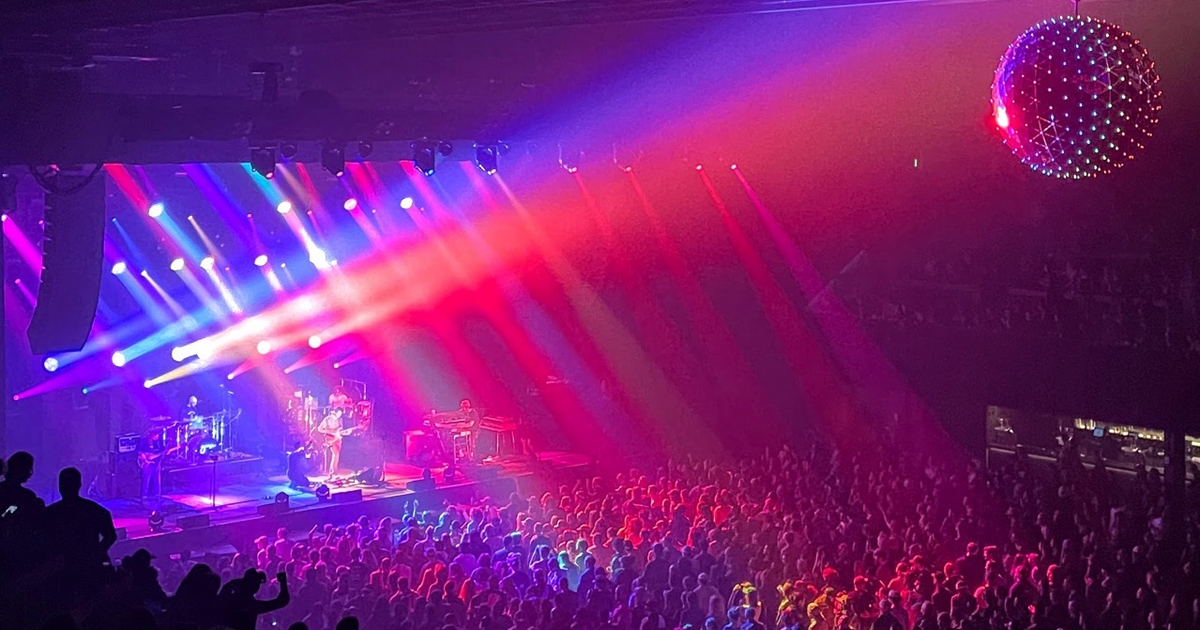
Administered by:
Server stats:
269active users
shakedown.social: About · Status · Profiles directory · Privacy policy
Mastodon: About · Get the app · Keyboard shortcuts · View source code · v4.4.0
#humanevolution
The Secrets of the Oldest Footprints Ever Found - YouTube
https://www.youtube.com/watch?v=7JgaXMcNTJ8
Not everyone agrees about Homo juluensis (Xujiayao, Xuchang fossils). Christopher Bae here with Chris Stringer responding (who co-authored on H longi, 'dragon man').
The male-only AI images are profoundly stupid considering the critical #reproductive #energetics for #female #largebrained humans!
#humanevolution #fossils #EastAsia
https://www.bbc.co.uk/reel/video/p0kftjyg/homo-juluensis-possible-new-ancient-human-identified
Mastodon is the best way to keep up with what's happening.
Follow anyone across the fediverse and see it all in chronological order. No algorithms, ads, or clickbait in sight.
Create accountLogin